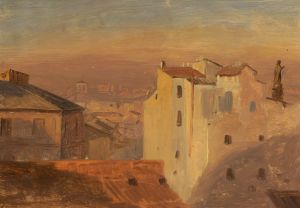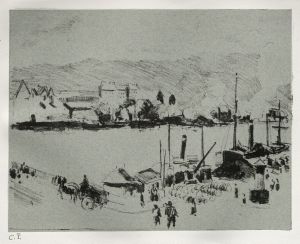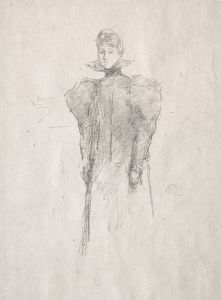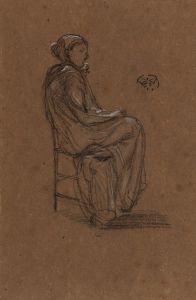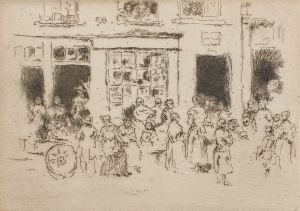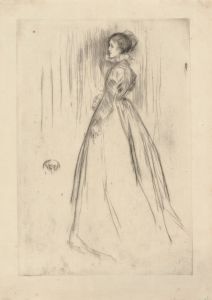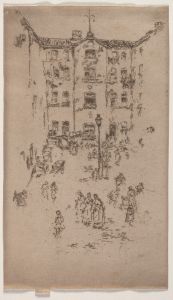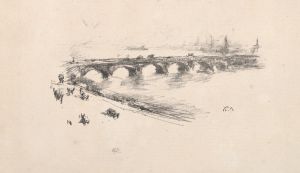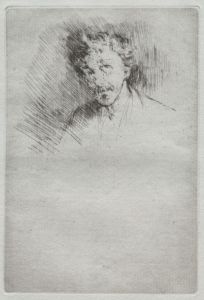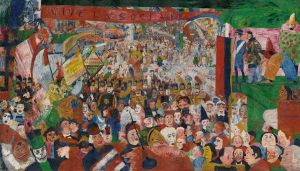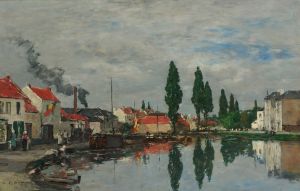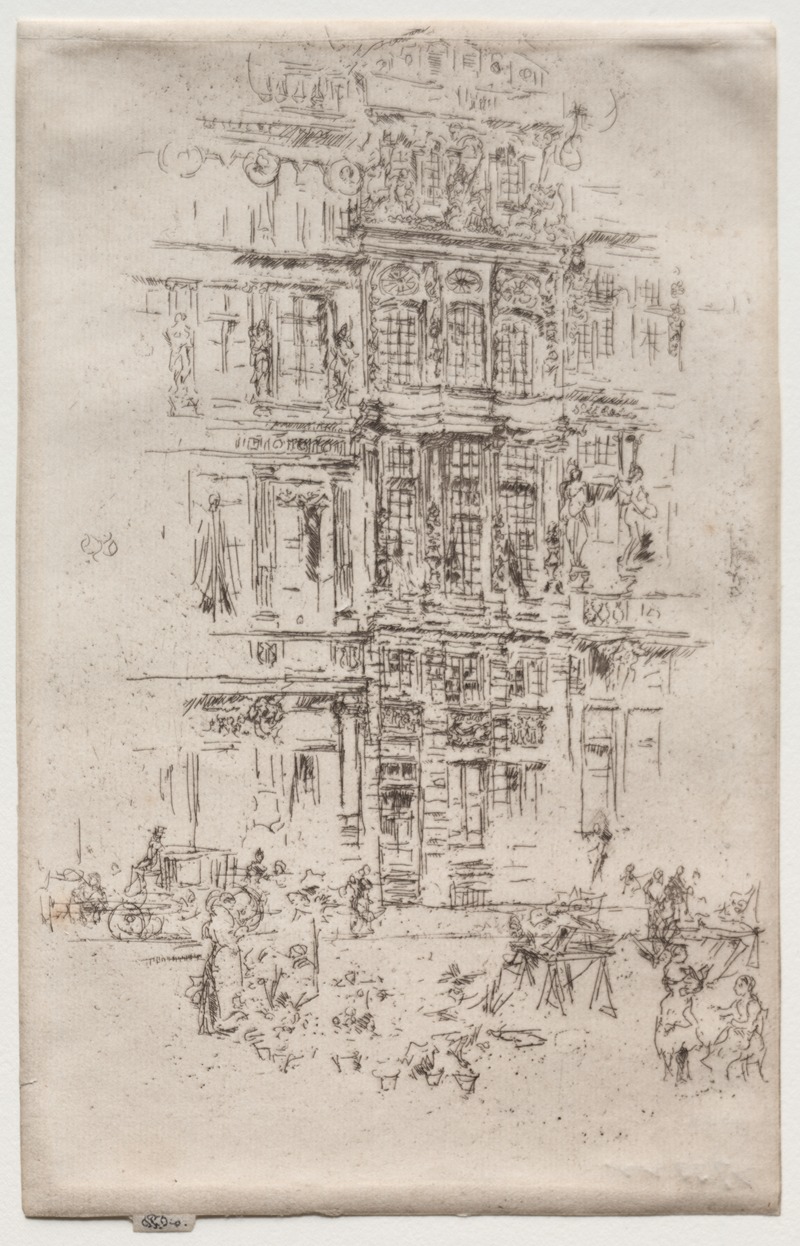
Palaces, Brussels
A hand-painted replica of James Abbott McNeill Whistler’s masterpiece Palaces, Brussels, meticulously crafted by professional artists to capture the true essence of the original. Each piece is created with museum-quality canvas and rare mineral pigments, carefully painted by experienced artists with delicate brushstrokes and rich, layered colors to perfectly recreate the texture of the original artwork. Unlike machine-printed reproductions, this hand-painted version brings the painting to life, infused with the artist’s emotions and skill in every stroke. Whether for personal collection or home decoration, it instantly elevates the artistic atmosphere of any space.
James Abbott McNeill Whistler, an American artist known for his distinctive style and contributions to the Aesthetic Movement, painted "Palaces, Brussels" in 1887. Whistler was born on July 11, 1834, in Lowell, Massachusetts, and spent much of his career in Europe, where he developed his unique approach to art, emphasizing mood and atmosphere over detailed representation.
"Palaces, Brussels" is a fine example of Whistler's mature work, showcasing his ability to capture the essence of a scene with minimalistic yet evocative brushwork. The painting depicts a view of the grand architecture in Brussels, Belgium, rendered in a subdued palette that is characteristic of Whistler's later works. His use of muted tones and subtle gradations of color creates a harmonious and tranquil composition, inviting viewers to appreciate the beauty of the scene without the distraction of intricate details.
Whistler's technique in "Palaces, Brussels" reflects his interest in the interplay of light and shadow, as well as his mastery of composition. The painting is part of his broader series of cityscapes and architectural studies, which include notable works such as "Nocturne: Blue and Gold – Old Battersea Bridge" and "Nocturne in Black and Gold – The Falling Rocket." These works are celebrated for their atmospheric quality and their ability to convey a sense of place and mood through Whistler's innovative use of color and form.
Throughout his career, Whistler was influenced by various artistic movements and traditions, including Japanese art, which is evident in his emphasis on simplicity and the use of space. His approach to painting was also shaped by his belief in "art for art's sake," a principle that prioritized aesthetic experience over narrative content. This philosophy is clearly reflected in "Palaces, Brussels," where the focus is on the visual and emotional impact of the scene rather than on telling a specific story.
"Palaces, Brussels" is housed in the collection of the Freer Gallery of Art, part of the Smithsonian Institution in Washington, D.C. The Freer Gallery holds an extensive collection of Whistler's works, thanks to the patronage of Charles Lang Freer, an American industrialist and art collector who was a close friend and supporter of the artist. Freer's collection includes paintings, prints, and drawings by Whistler, providing a comprehensive overview of his artistic development and achievements.
Whistler's contributions to the art world extend beyond his paintings. He was also an influential figure in the development of modern art, advocating for the importance of the artist's vision and the integrity of the creative process. His writings, including the famous "Ten O'Clock Lecture," articulated his views on art and aesthetics, leaving a lasting impact on future generations of artists and critics.
In summary, "Palaces, Brussels" by James Abbott McNeill Whistler is a notable work that exemplifies the artist's skill in capturing the essence of a scene through his distinctive style and approach to painting. The work is part of the Freer Gallery of Art's collection, where it continues to be appreciated for its beauty and artistic significance.





